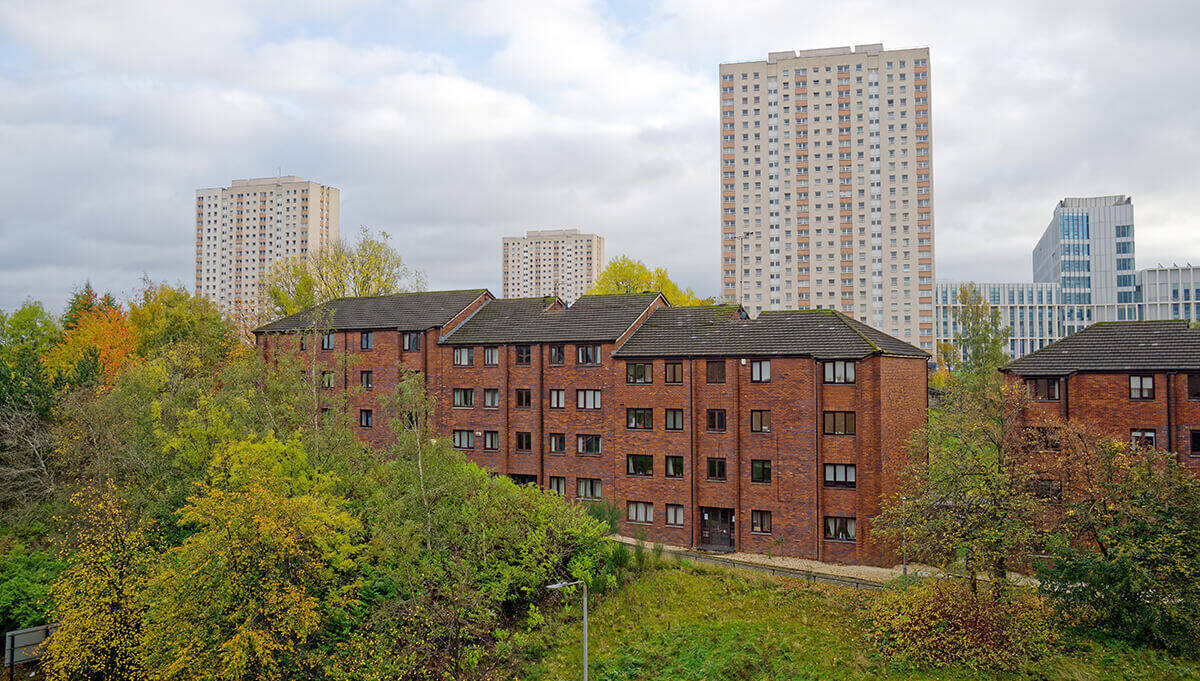I attended the HM Land Registry Local Land Charges Conference at the beautiful St George’s Hall in Liverpool yesterday. It was a fascinating and enjoyable day which I’ll talk more of later.

Yesterday was also Budget Day and I was keeping an eye on the announcements and analysis as the day went on. While most people’s interest is probably around the price of fuel, alcohol and the wider economy, my interest was a little more niche… I was searching out what the Government was planning to do to deliver against its manifesto proposals around Digital Land (page 82 of the manifesto).
It is safe to say that the Government’s main focus is on Brexit, but on domestic matters, housing features as a key priority. The Autumn Budget 2017 announced a package of new reforms to increase housing supply. The government plans to “help local councils and developers work with local communities to plan and build better places to live for everyone”. This includes building affordable housing, improving the quality of rented housing, helping more people to buy a home, and providing housing support for vulnerable people. The package includes over £15 billion of additional financial support for house building over the next five years, and planning reforms to ensure more land is available for housing.
The Government also put a significant emphasis on digital and technology, which includes everything from growing the UK economy and positioning the UK as a leader in digital to how Government interacts with citizens and businesses and the roll out of automated cars.
Underpinning these aims is the need for timely, comprehensive and accurate data and a strategic approach to the management of geospatial information across the public sector. In recognition of this, the Government has announced the establishment of a new Geospatial Commission which will “provide strategic oversight to the various public bodies who hold this data” (page 45, paragraph 4.14 - https://www.gov.uk/government/uploads/system/uploads/attachment_data/file/661480/autumn_budget_2017_web.pdf). The new Commission aims to ensure that geospatial information forms part of the “growth of the digital economy and consolidate the UK’s position as the best place to start and grow a digital business”. The Government also calls for the further ‘opening-up’ of Ordnance Survey data (specifically MasterMap) – a topic that I’m sure will provide much debate over the coming months.
Graham Farrent, Chief Executive and Chief Land Registrar of HM Land Registry, didn’t specifically mention the budget announcements in his key note speech at the Local Land Charges Conference yesterday – probably because he was speaking before the formal announcements by Philip Hammond - but he did talk about HM Land Registry’s digital transformation that started during the summer. This is clearly in line with Government strategy for improving the house buying process and access to land and property information to support the digital economy.
The Land Registry aims to transform into “a truly digital service provider” which goes beyond digitising existing services and aims to release more value from the register. A key element of thes work is the development of the digital Local Land Charges Register and the conference showcased the work being done to create a platform for councils to populate and update the register to enable the Land Registry to co-ordinate Local Land Charge searches.
The inclusion of a UPRN field in the Local Land Charges Local Authority Pre-digitalisation Guide (see Appendix 1: Minimum Data Items - https://www.gov.uk/government/publications/local-land-charges-local-authority-pre-digitisation-and-migration-guide) is encouraging as is the use of AddressBase in the tools to maintain and search the register that Land Registry demo’d yesterday.
This acknowledges the role of the UPRN in unambiguously identifying addresses and bringing public sector information together and highlights the need to ensure that this data is correct and timely. I am sure that the new Geospatial Commission will have an interest in the standards, processes and legislation that the various public sector bodies involved in property lifecycles need to adhere to improve access to information.
Address and street data are the fundamental building blocks in achieving a better process for planning, building, buying and selling and providing services to properties. The need for this core data to be captured consistently at its earliest stages at source and adopted by all those involved in property related transactions has never been more important. My hope is that the new Geospatial Commission recognises the importance of this and drives the adoption of the UPRN and USRN across the public and private sectors and supports local government in maintaining this data. Our role in this is to ensure that the data we produce and maintain is the best that we can provide.



